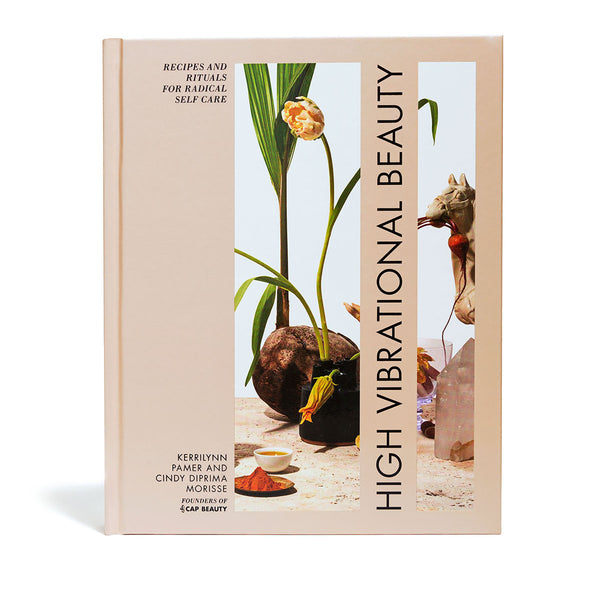How did you get the idea for Bare Hands and what led you to developing products for personal care?
About 5 years back I was researching nail paints and solvents for safety and came up with some troubling results. Most of them being the lack of modern research on something so ubiquitous in womens’ lives. This was at a time when awareness was skyrocketing for healthy ingredients in food and skincare, so I thought there was a pretty huge disconnect between what the nail industry was doing in relation to everyone else in wellness.
A few years later I began product research more thoroughly, and once I had refined my method to produce a shine that rivalled clear paint, it became clear that this could be a way to shift the paradigm for nail care quite a bit. I heard someone sadly describe how they felt about their nails as either “painted or unpainted.” Which thankfully is no longer the case! The idea that a whole new type of care can be available and that it could replace potentially unhealthy products as a new normal is really exciting to me.
What kinds of new habits are people developing with your method?
There are a couple of important ones: Nail biting and picking is a huge struggle for so many people, and a lot of folks have told me that the results they get from the manicure make them feel really good about how their hands look. Which helps them to treat them more precisely. Another one is the moment where they decide not to paint their nails at all any more (or at least regularly). This makes me happy, especially with folks who have connected certain effects and sensitivities with extended polish or gel damage.
The possibility of helping to change some challenging habits certainly seems like a good benefit. What other ways have you seen that can be more help?
Early on when Kerrilynn and I were first starting to talk about partnering, she told me about her pretty agressive picking habit. I knew that Bare Hands helped some, and at the time I started to look deeper into behavioural therapy as a way to supplement healthy nail habits. The ah-ha moment for her was reading James Clear's Atomic Habits, which breaks down the cue/habit/reward cycle of both good and bad habits. I’m excited to see where this kind of ‘mindset management’ could lead, especially with the reward of using my kit as part of the equation.
The dialog in nail care for the past 10 years has been centered around ‘non-toxic’ polishes as a solution to potentially harmful salon routines. Since you’re a proponent of natural nails altogether, what are your opinions about this?
Since studies started showing in the early 2000s, the major offenders had been identified and linked to endocrine disruption in nail care workers which started the development of the ‘XX-free’ polish formulas that are so common now. The challenge is that none of the ‘swaps’ for plasticisers or binding agents have been studied. So unfortunately, a lot of folks assume a certain level of safety that just hasn’t yet been proven. For my own habits, I stick to using my own kit for regular use and get a manicure maybe one or two times a year.
What would you say is the biggest shift in process from traditional nail care methods to a more holistic approach?
As I began talking with nail tech educators about what is taught at certification programs, it started to dawn on me: The methods taught and applied at salons are designed to address nail appearance, not nail health. So every protocol from cuticle removal on the nail plate to clipping the cuticle, was focused on having a perfect appearance when the client left the salon. This is why the confusion on just the one topic of cuticle trimming exists. People with a medical background suggest not to do it, and that contradicts what happens in the professional salon environment. My approach essentially asks: What supports the health of the nails and skin and how can polishing, nourishing and supplements be the primary way to do this?
What do you recommend for strengthening damaged nails?
This is pretty personal for each case, so it really depends on the kind of damage or any kind of chronic weakness that may have been building up over the years. For gel damage, our Polisher works well to smooth the nail surface that has been destabilized by gels. For those who have had years of thin or brittle nails, our cuticle oil has been doing a lot of good for people. This oil application needs to be steady and consistent, and over the course of a month or two, some great results have been achieved.
Your company description is restorative nail care for sustainably minded humans. How do you see what you’re doing impacting the environment?
I always believe that our path to sustainability is formed by a great number of small steps. And that each new area of thought becomes one more way to understand incremental impact. Once you start to connect your body’s safety to the planet’s, a whole lot opens up. Take what we dispose of as an example: anything that biodegrades is obviously on the good end of the spectrum and anything that needs special disposal (batteries, paint, cleaning agents, nail polish, solvents) should be much more thoughtfully consumed.

